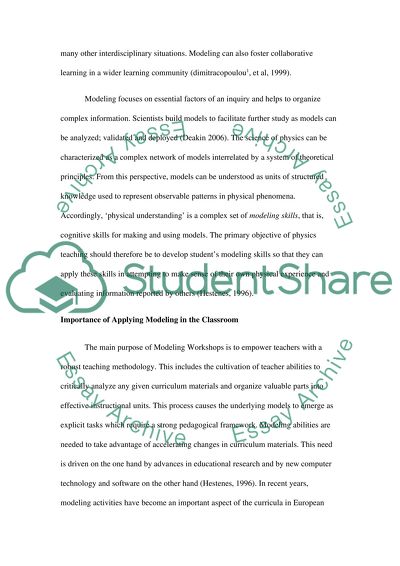Cite this document
(“The development of teaching physics through modeling as pedagogical Essay”, n.d.)
Retrieved from https://studentshare.org/education/1548718-the-development-of-teaching-physics-through-modeling-as-pedagogical-method-in-the-united-states
Retrieved from https://studentshare.org/education/1548718-the-development-of-teaching-physics-through-modeling-as-pedagogical-method-in-the-united-states
(The Development of Teaching Physics through Modeling As Pedagogical Essay)
https://studentshare.org/education/1548718-the-development-of-teaching-physics-through-modeling-as-pedagogical-method-in-the-united-states.
https://studentshare.org/education/1548718-the-development-of-teaching-physics-through-modeling-as-pedagogical-method-in-the-united-states.
“The Development of Teaching Physics through Modeling As Pedagogical Essay”, n.d. https://studentshare.org/education/1548718-the-development-of-teaching-physics-through-modeling-as-pedagogical-method-in-the-united-states.


